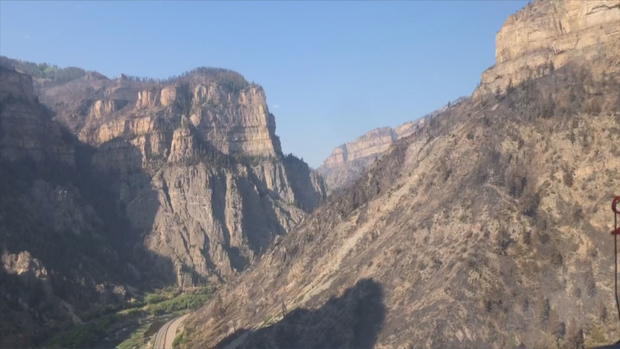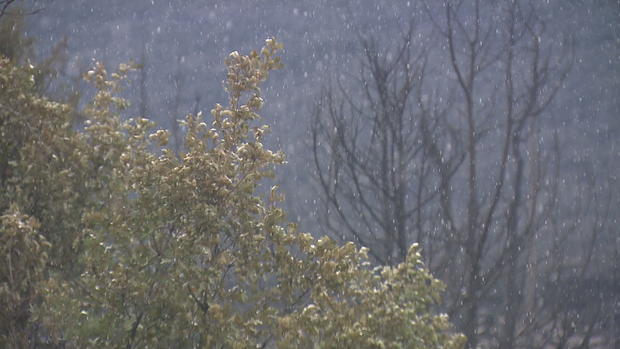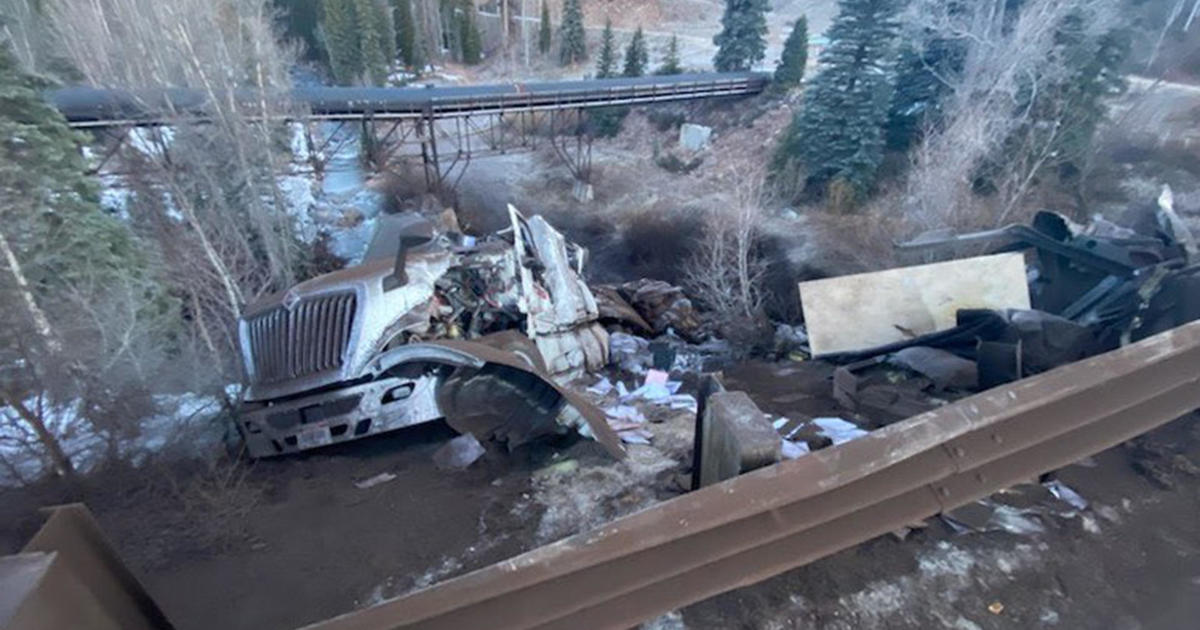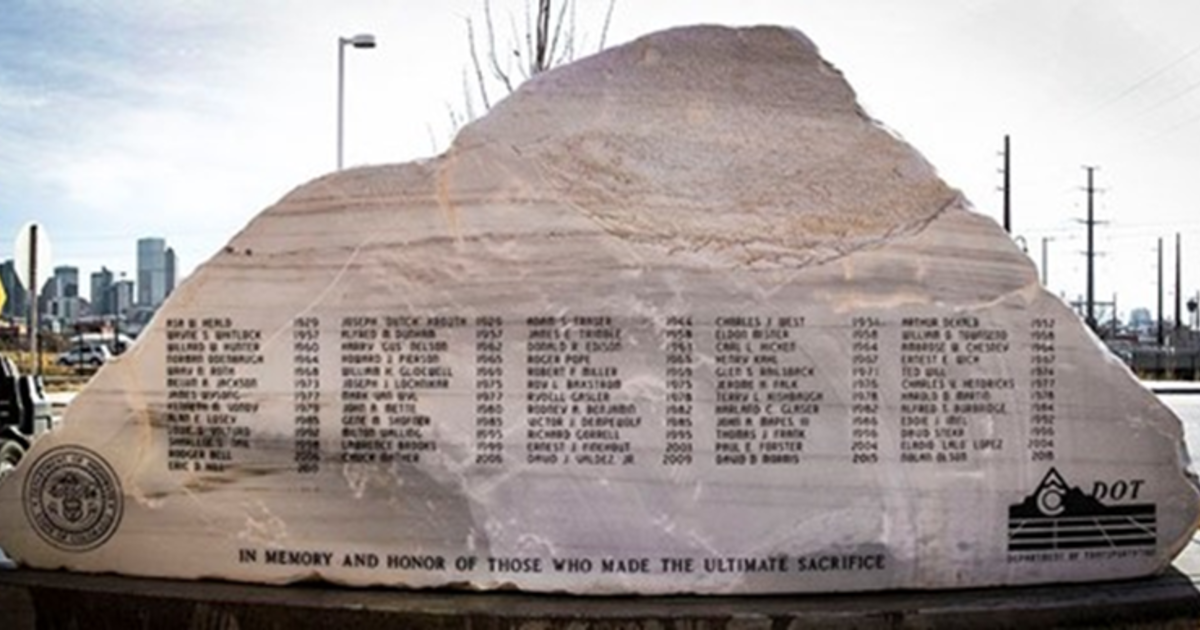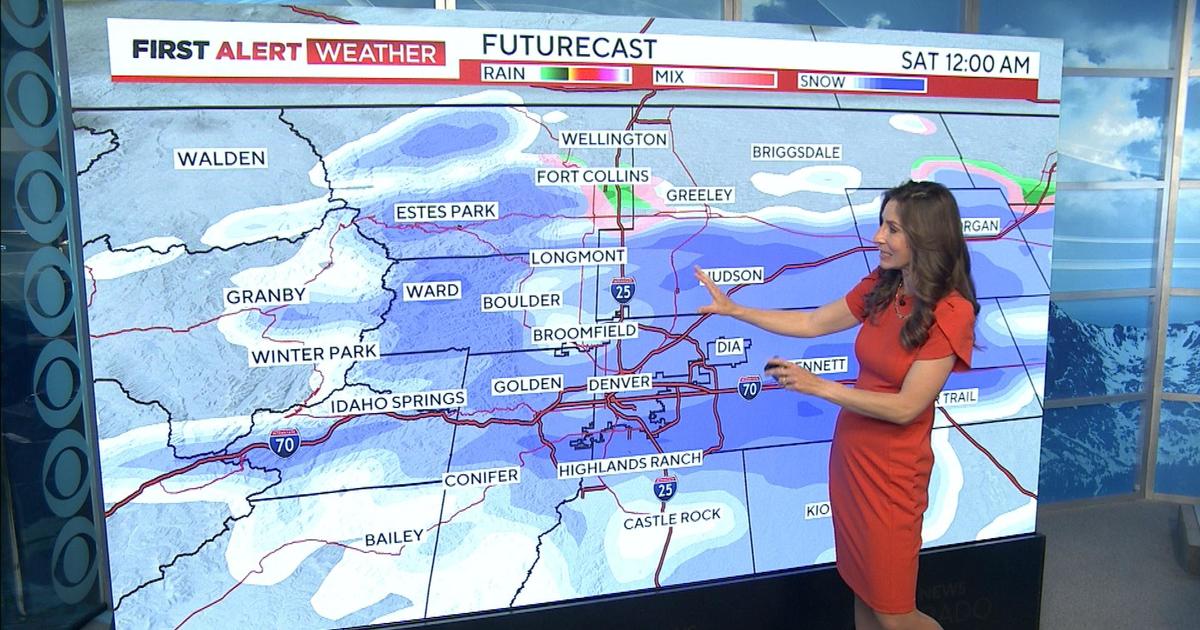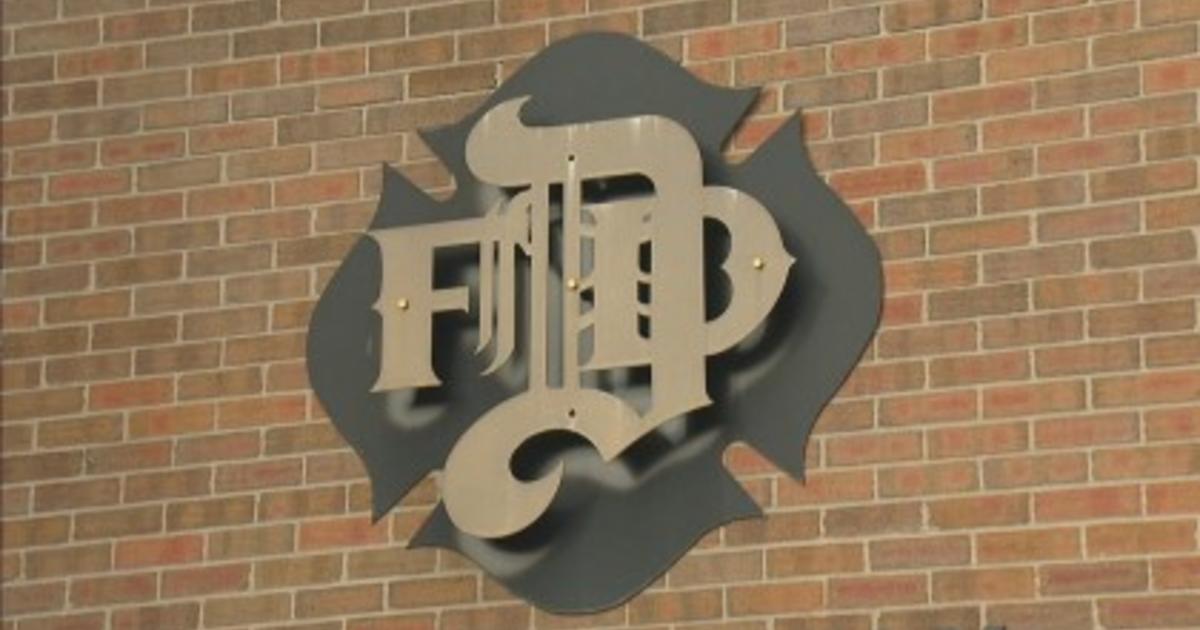CDOT Studying Grizzly Creek Fire Burn Scar To Determine Possible I-70 Closures
GLENWOOD SPRINGS, Colo. (CBS4) - Colorado will head into the busy Labor Day weekend with the very real possibility of a shutdown of Interstate 70 through Glenwood Canyon if moderate rain falls.
"I think we'll be better off stopping traffic for an hour or two and reopening it just to ensure that safety until we get a better feel for how these slopes are going to react," said Ty Ortiz, manager of CDOT's Geohazards program.
"We will enact a closure at 116 and 133, (Glenwood Springs and Dotsero) and clear the canyon of traffic with assistance from CSP," wrote CDOT spokeswoman Elise Thatcher.
It follows CDOT's first flight over the canyon on Monday to look at slopes and burn areas to try and figure out how to mitigate damage. They saw vast burned areas and what is likely a geohazard specialist's nightmare.
Avoidance is one means of mitigation, says Ortiz.
"When we hit that moisture threshold, that precipitation threshold, we'll close the canyon, so that will be an avoidance factor."
Rock scaling is another.
"You can basically up and removing loose rocks from the slope. I don't anticipate we'll be doing much of that in this particular location. You wouldn't be able to remove all these rocks if you had 100 scalers working on that slope for the next five years."
What they are likely to add to prevent smaller rocks from getting on the roadway are fences.
"So you'll see smaller, lighter weight fences that might be on top of the barriers that we're going to construct."
In addition, they are likely to add drape netting like that seen along the highway by Georgetown. Grizzly Creek, where the fire originated, has some of the most significant burn damage. But in 2016, a rockslide led to changes that may help now.
"We had a really large rockfall in that particular area, and as a response to that rockfall, we built a series of pretty good rockfall fences. So we're fortunate that one of those areas that was very severely burned already had some very significant rockfall mitigation in place," said Ortiz.
Bigger work takes a long time.
"It's really rugged terrain up there, it's difficult to work. So we couldn't build rockfall fences or debris flow fences along all these stretches. By the time we got them all built the basin likely would likely have recovered."
Recovery from risk of slides and rockfall often takes three to five years, says Ortiz.
What they'll first have to learn is where are the problems. That will come with rainstorms.
"Now when rain starts to happen, and when you start moving a little bit of smaller soil and rock you can start transporting bigger and bigger and bigger."
Burn experts have already prepared maps showing high heat areas where damage is likely greater. High heat burns roots that holds back soil and rocks. The USGS models debris flow using that information, but the models, says Ortiz, are just that and not precise.
"What I think what we're going to have to do is start working with the National Weather Service to see if we can't get feel for one of those types of storms that are going to hit the canyon. I think it's really important to understand that we understand, that we're not going to be able to stop everything."
